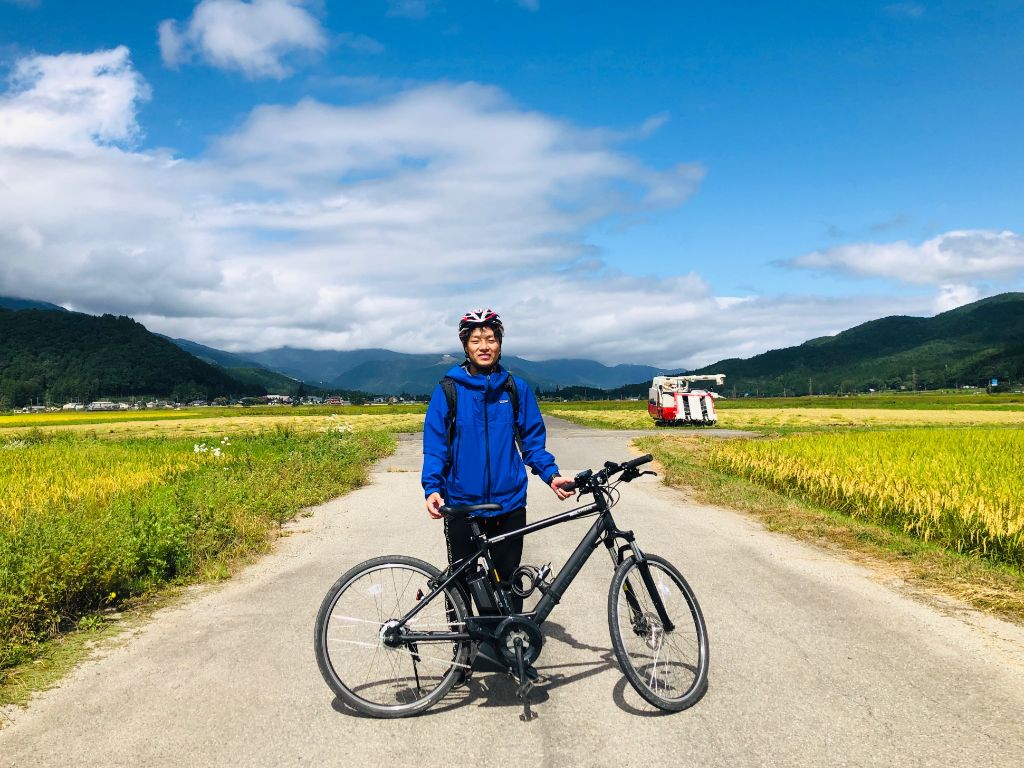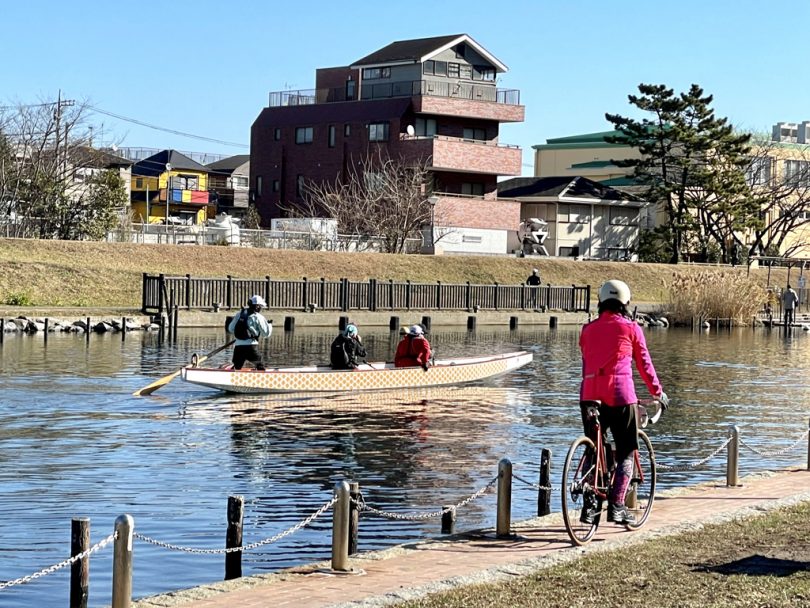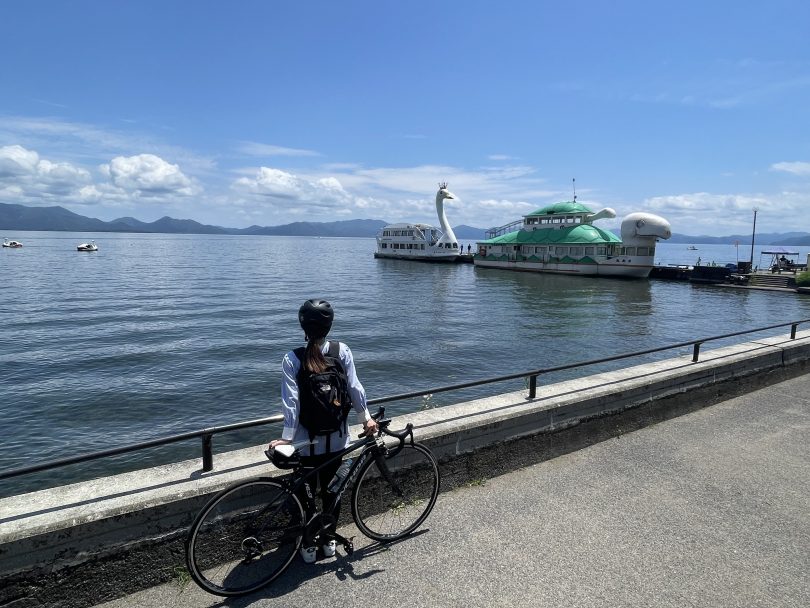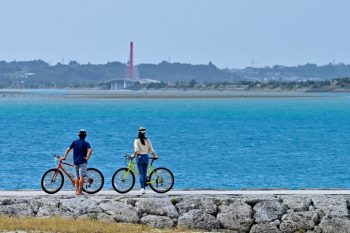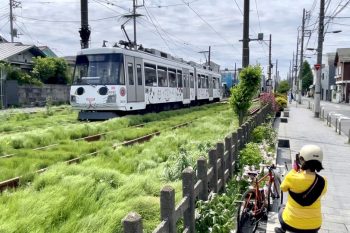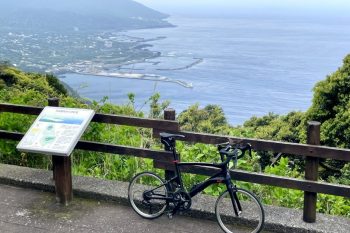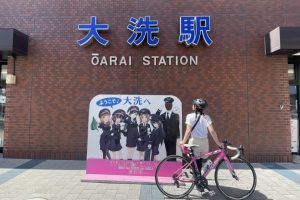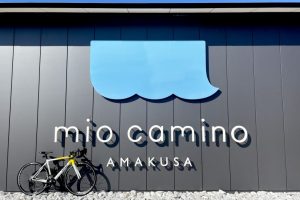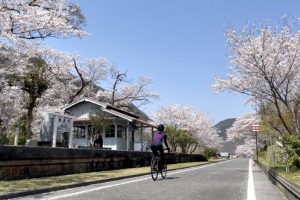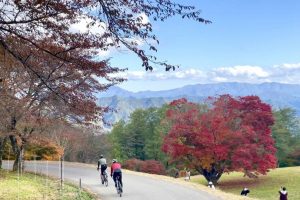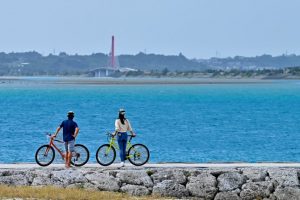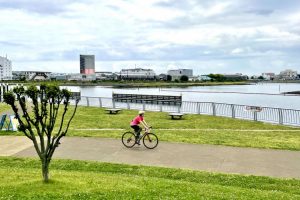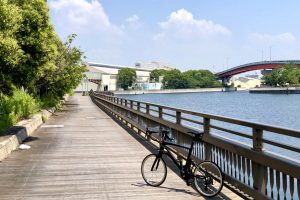Setagaya-ku (Setagaya ward), located in the southwestern part of Tokyo, has the largest population among the 23 wards and the second largest area after Ota-ku.
Although the area is known for places such as Futakotamagawa, Sangenjyaya, and Shimokitazawa, more than 90% of the ward’s area is a quiet residential district.
Tokyu Setagaya Line runs through the residential area from Shimotakaido to Sangenjaya in Setagaya Ward. We have been exploring the area along the line by bicycle.
Contents
- From Chitose-Karasuyama Station to Shimotakaido Station
- What is Tokyu Setagaya Line Like?
- Shimotakaido Station – Yamashita Station
- Gotokuji Temple and chouette torréfacteur laboratoire
- Old rolling stock on display at Miyanosaka Station
- Setagaya Daikan Yashiki
- Shoin Shrine
- Sangen-Jaya Station
- Restaurant Balearic
- Course Introduction
- Summary
From Chitose-Karasuyama Station to Shimotakaido Station
Start cycling from Chitose-Karasuyama Station on Keio Line.
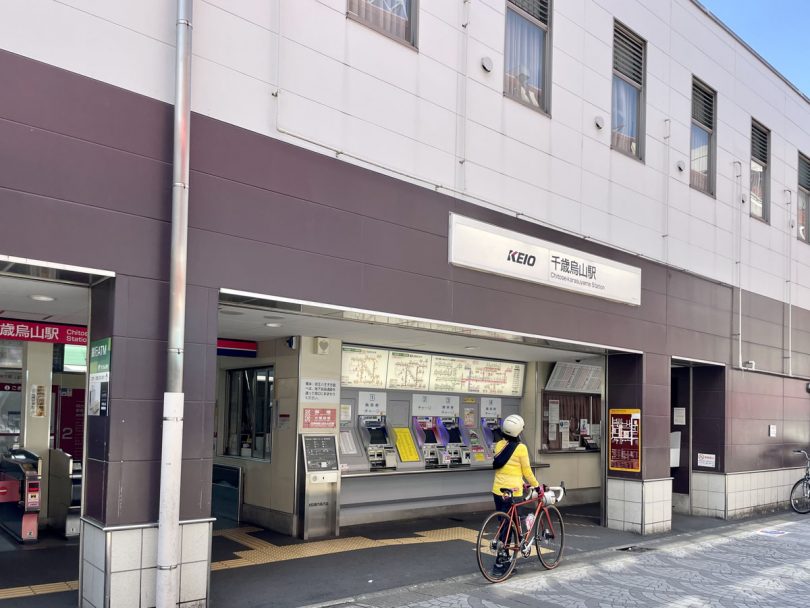
From the old Koshu-kaido road, ride 4km east to Shimotakaido Station.

Shimotakaido Station is a stop on Keio Line in Setagaya Ward and the last stop on Tokyu Setagaya Line.
From here, we will stroll along Setagaya Line to Sangen-Jaya Station, the starting station of Tokyu Setagaya Line.
What is Tokyu Setagaya Line Like?
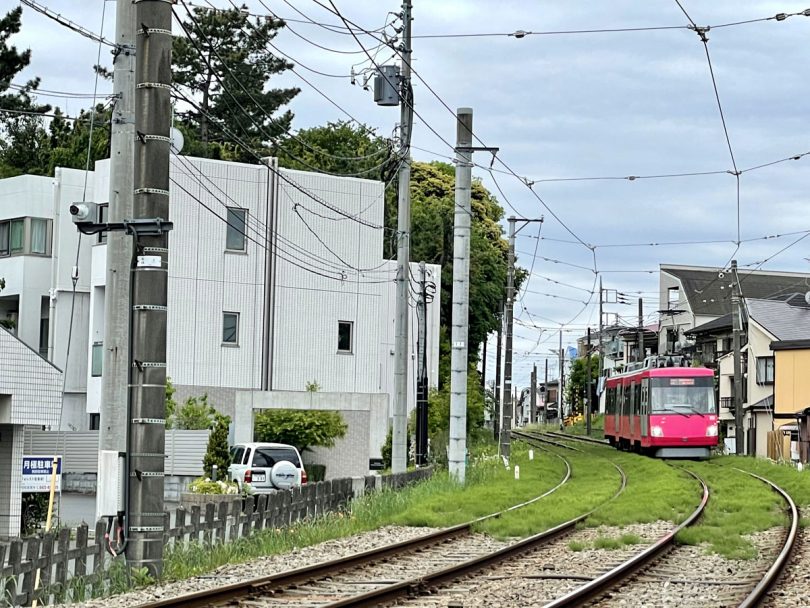
Tokyu Setagaya Line, opened in January 1925, is a 5-km railroad connecting Sangen-jaya and Shimotakaido Stations. It has the appearance of a streetcar, but there is no track running over the road.
The fare system is separate from that of Tokyu Lines, and is the same for all sections: 150yen for adults and 80yen for children, or 147yen for adults and 73yen for children when using an IC card (as of June 2022).
Shimotakaido Station – Yamashita Station
When you start cycling along Setagaya Line, you can run alongside the train.
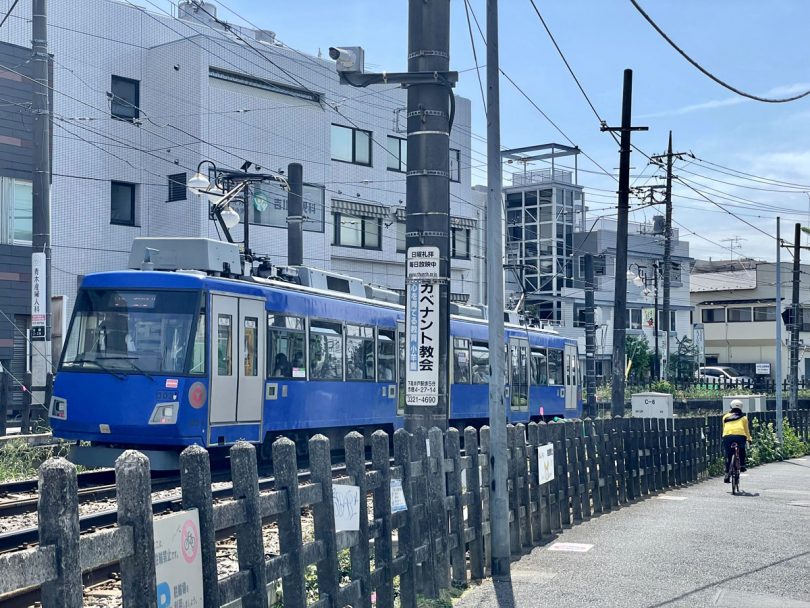
After about 500m, you will see the vivid green scenery of the railroad tracks.

You can hear the sound of the circuit breaker as you are checking the time for the next train.
During the daytime on Sunday, there were six trains per hour (at an interval of one train every six minutes). I took pictures for a while, feeling the scenery and air that did not seem like the heart of the city.

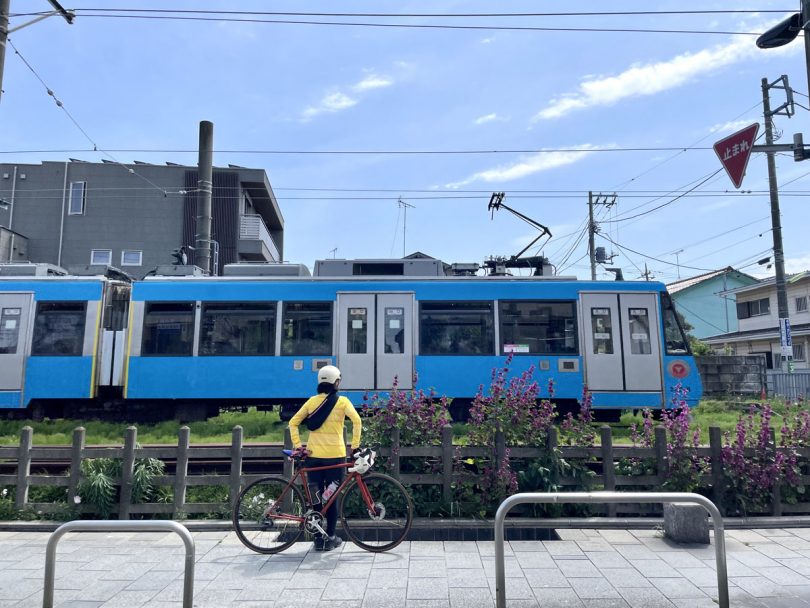
After passing Matsubara Station, we headed for Yamashita Station.
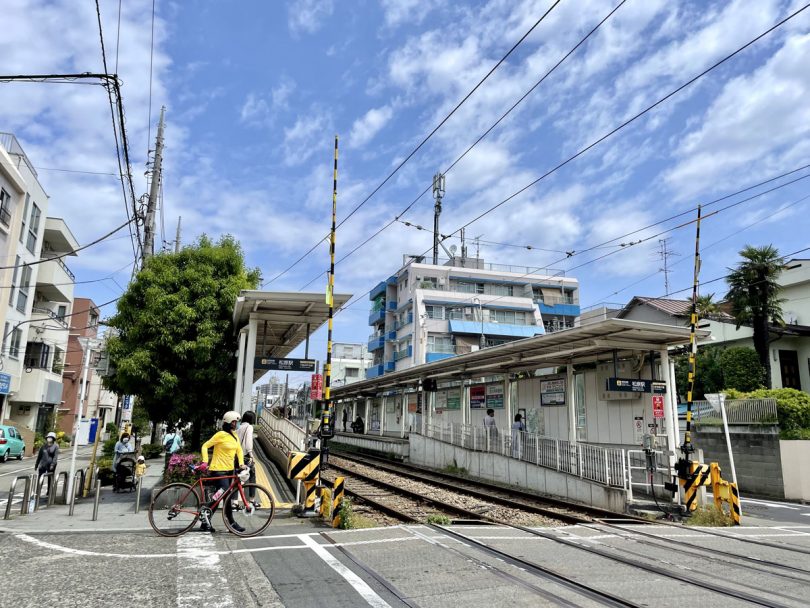
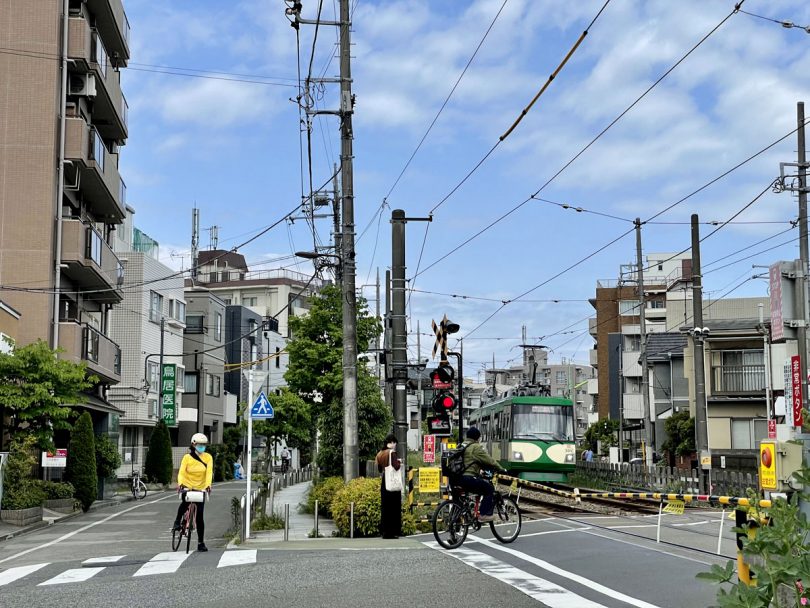
Yamashita Station is a transfer station to Gotokuji Station of Odakyu Line.

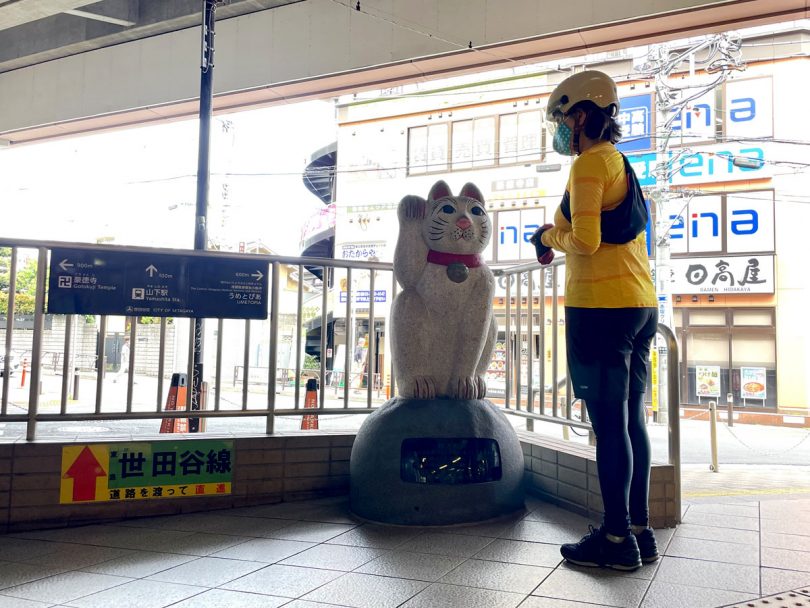
In front of Gotokuji Station, there is a “big manekineko” (beckoning cat) in reference to Gotokuji, which is said to be the birthplace of beckoning cats.
Come to think of it, the train also has a “Manekineko” painted on it.
Gotokuji Temple and chouette torréfacteur laboratoire
Gotokuji Temple is about 600m from Gotokuji Station through the shopping street.
We took a picture at the gate of Gotokuji Temple, which has a solemn atmosphere.
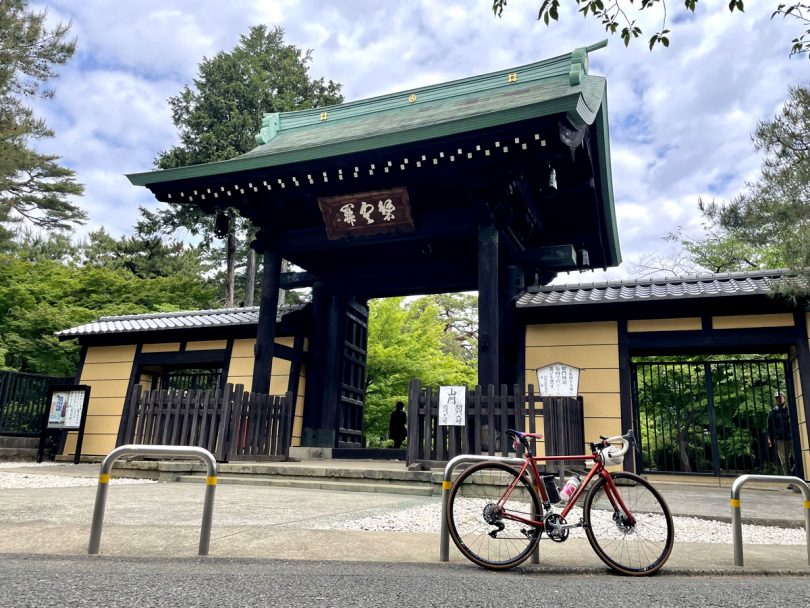
We were curious about “chouette torréfacteur laboratoire” along the railroad tracks, so we decided to stop by.
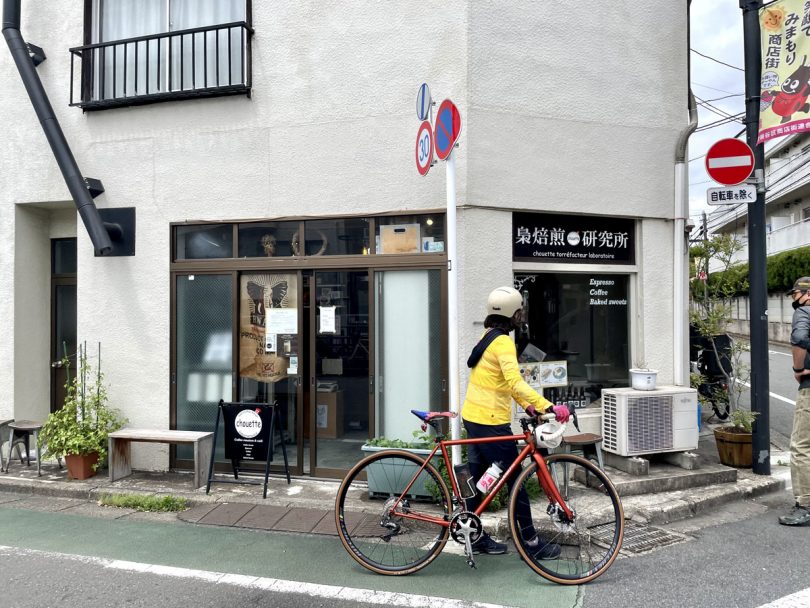
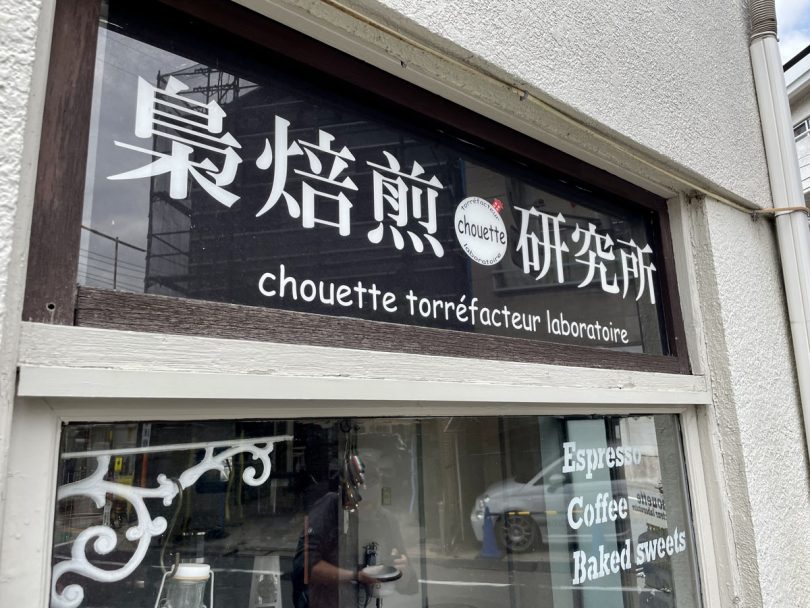
The name of the shop is “chouette torréfacteur laboratoire.”
We had a cup of coffee roasted at low temperature and a cup of thick pudding.
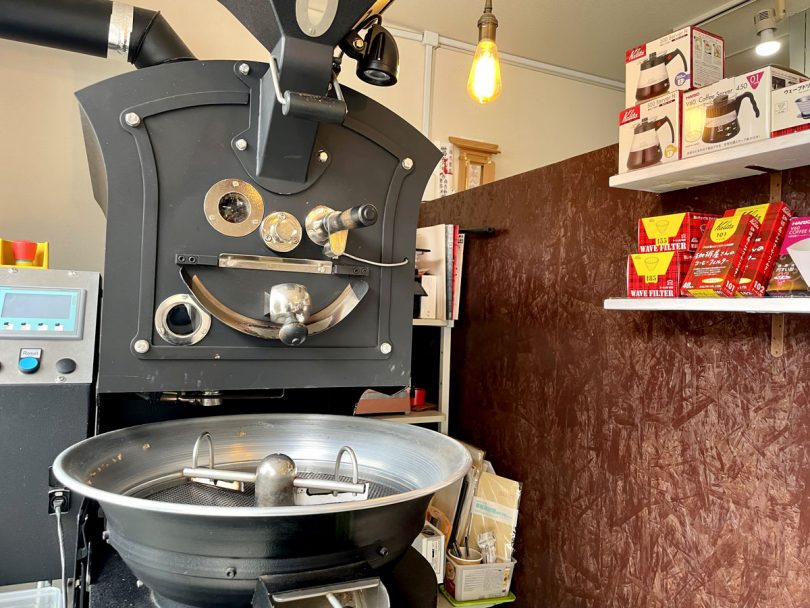

Old rolling stock on display at Miyanosaka Station
A 500m ride will take you to Miyanosaka Station. An old rolling stock is on display here.
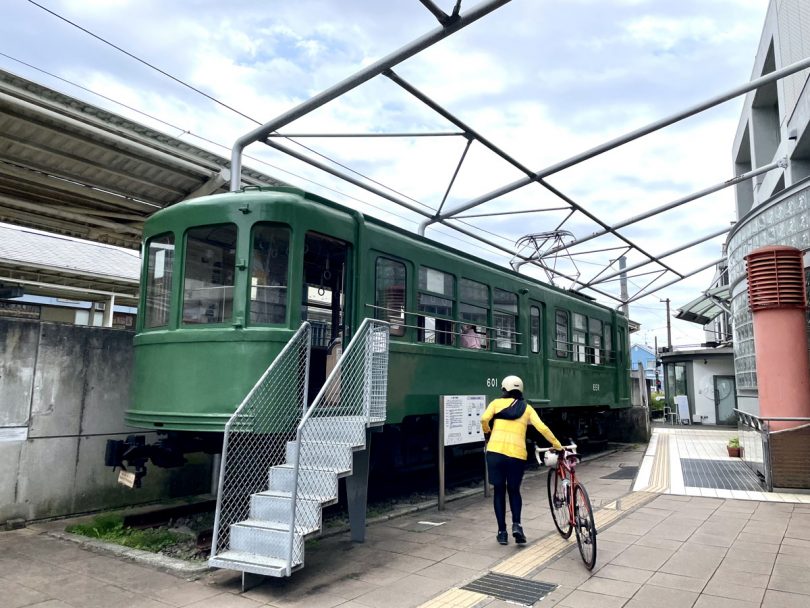
This car, called Enoden No. 601, was manufactured in 1925 and ran on Tamagawa and Setagaya Lines until 1969, after which it was used by Enoden until 1990.
The train, which ran for 65 years, is preserved next to the platform at Miyanosaka Station.
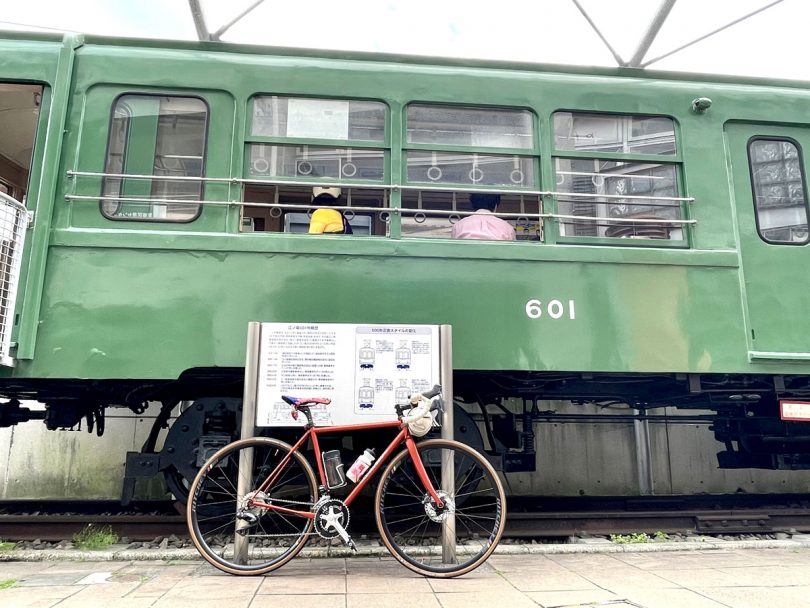
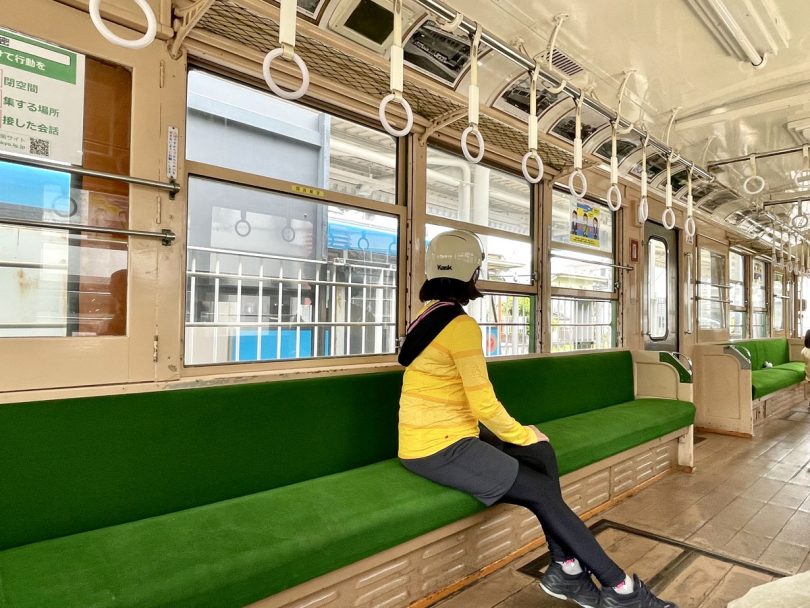
Setagaya Daikan Yashiki
700m from Miyanosaka Station is Kamimachi Station. From there, 350m away is Setagaya Daikan Yashiki.
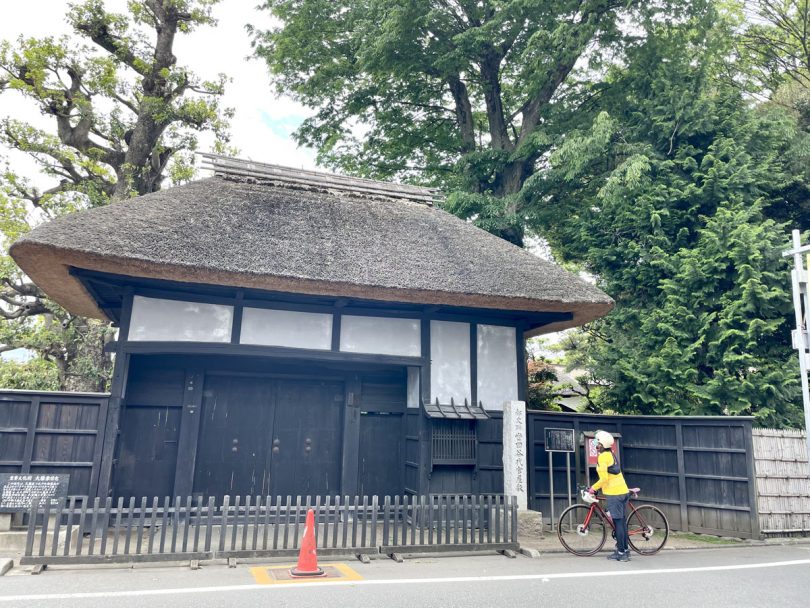
Setagaya Daikan Yashiki is the official residence of Oba family, who succeeded to the position of deputy of the Setagaya domain of the Hikone domain, and is also called the Oba Daikan Yashiki.
It is the only one of its kind in Tokyo as a residence of a feudal lord’s domain, and was designated as a “Metropolitan Historic Site” in November 1952.
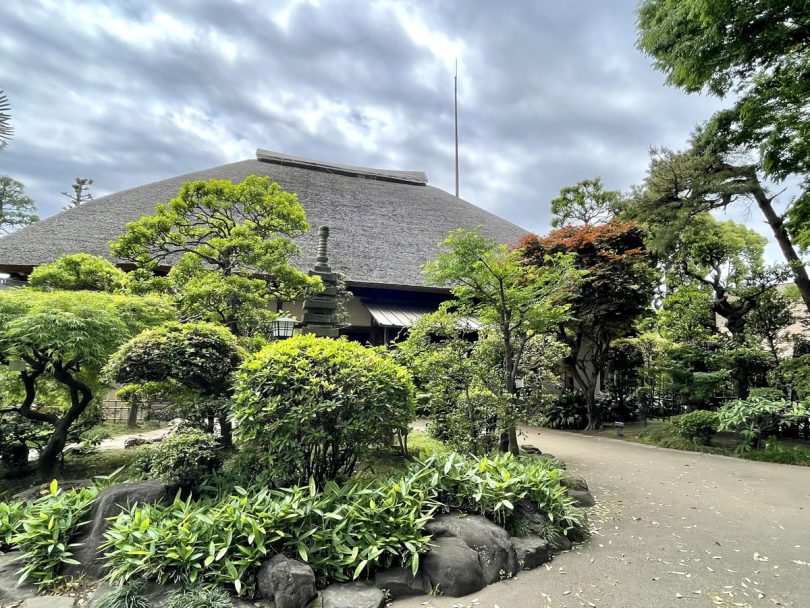
Shoin Shrine
About 1.2km from Setagaya Daikan Yashiki, Shoin Shrine is dedicated to Yoshida Shoin, an educator and thinker at the end of Edo Period. It is located here in Setagaya Ward, Tokyo, and also in Hagi City, Yamaguchi Prefecture.

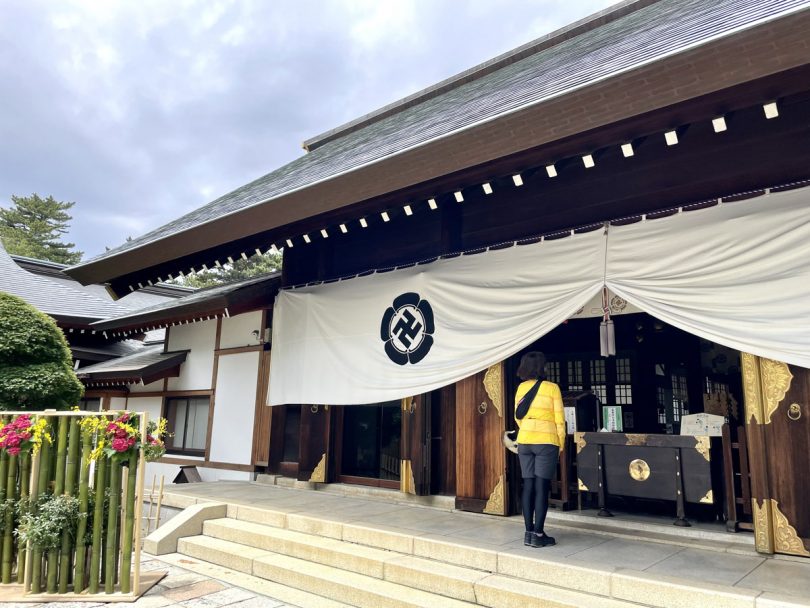
There is also a building in the back that is a replica of Shoukasonjuku Academy (a UNESCO World Heritage) in Yamaguchi Prefecture.
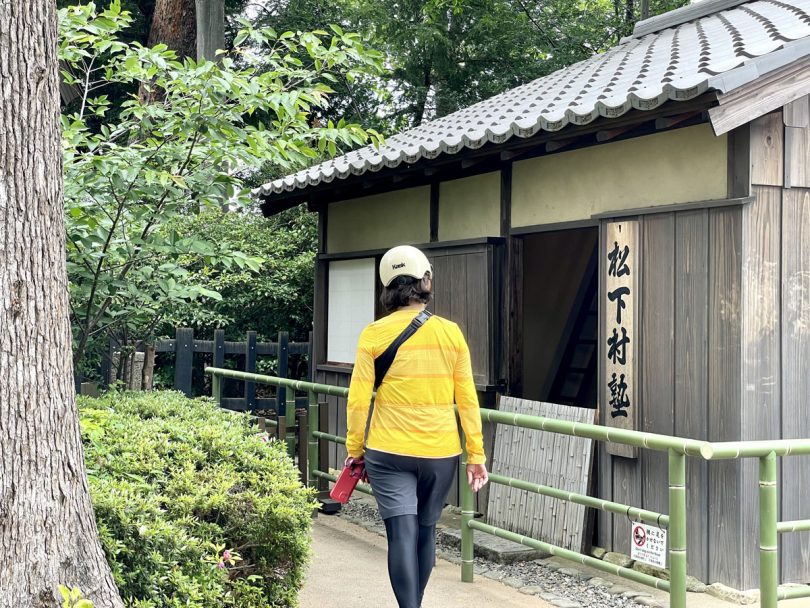
Sangen-Jaya Station
After crossing Loop Road No.7 (Kan-nana Dori) from Wakabayashi Station and passing Nishitaishido Station, you will see more and more shops.
Then you will arrive at Sangen-Jaya Station.
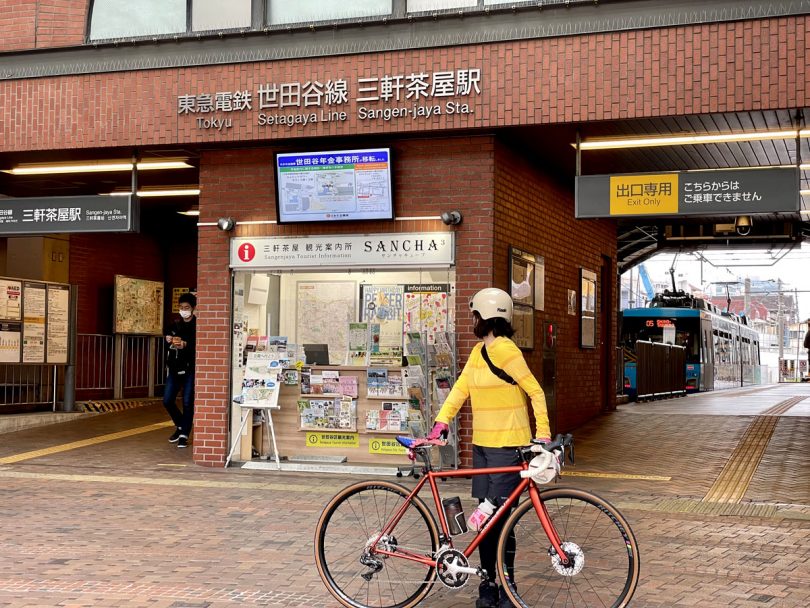
“Carrot Tower”, directly connected to Tokyu Setagaya Line, is a complex building consisting of retail, hall, and office space, completed in 1996. It is also connected to Sangen-Jaya Station on Tokyu Denentoshi Line via an underground passageway.

In front of the station, there is also a tourist information center for Setagaya Ward.
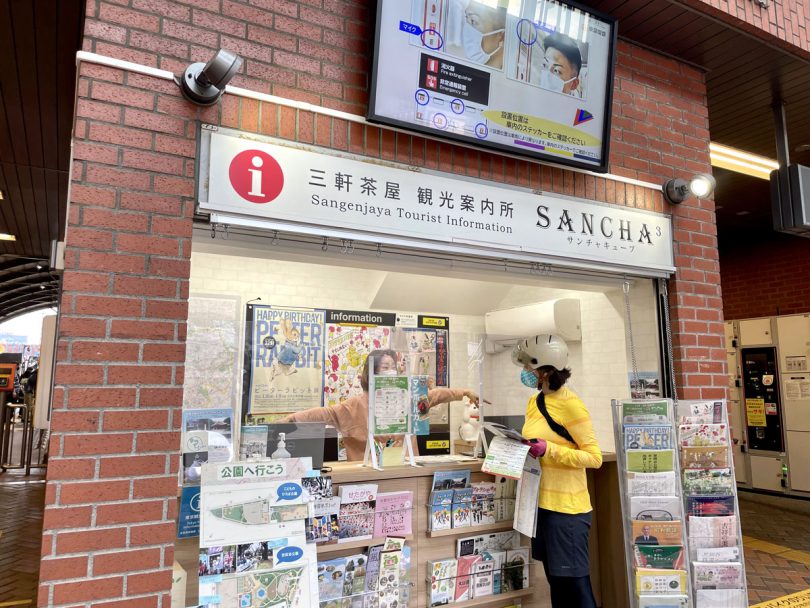
Restaurant Balearic
Cycling along Setagaya Line again, back near chouette torréfacteur laboratoire, we had lunch at Restaurant Balearic along the railroad tracks.

The restaurant has a nostalgic resort atmosphere with 80’s music playing.
We enjoyed a cold drink and a delicious pasta lunch.

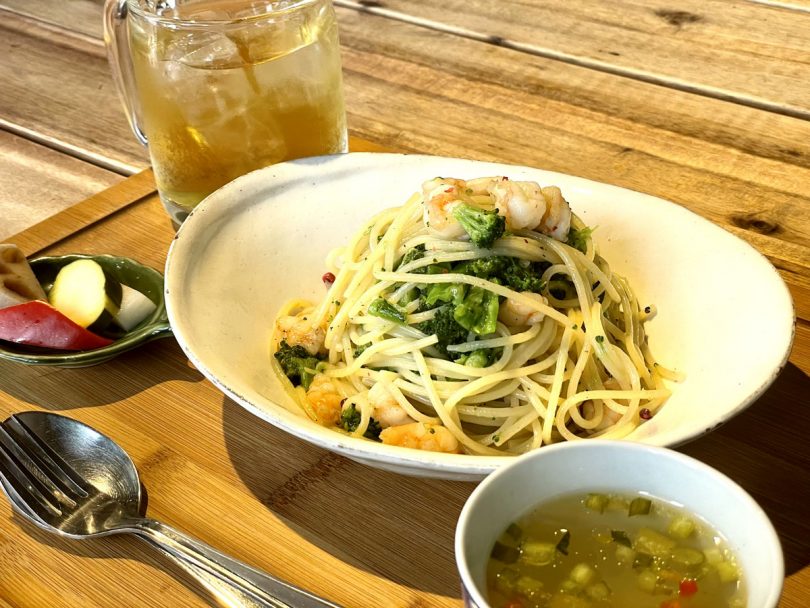
After lunch, we again took Koshu-kaido road and arrived at Chitose Karasuyama Station, completing our 21-km cycling tour.
Course Introduction
△Orange Line is Setagaya Line
▼Tokyu Railways Setagaya Line
https://www.tokyu.co.jp/global/railway/line/sg/
▼Gotokuji Temple
https://gotokuji.jp/en/
Summary
I myself have fond memories of Setagaya Line. The atmosphere of the town around Sangen-Jaya Station and Wakabayashi Station has changed considerably from about 30 years ago, but there are still some old-fashioned buildings that make me feel nostalgic.
Setagaya Line runs through a town where things that have remained the same and things that are changing rapidly intersect.
A leisurely bicycle ride around Setagaya Line brought nostalgia, discovery, and a slower pace of time that one would not expect from Tokyo.
Why don’t you try a leisurely stroll through nostalgic places by bicycle?
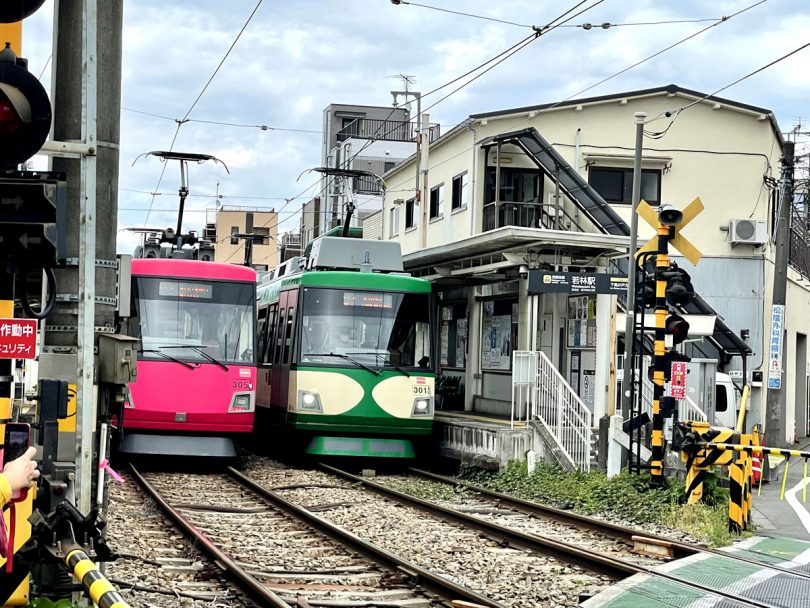
Cooperation: TOKYO SAN-ESU Ltd.




